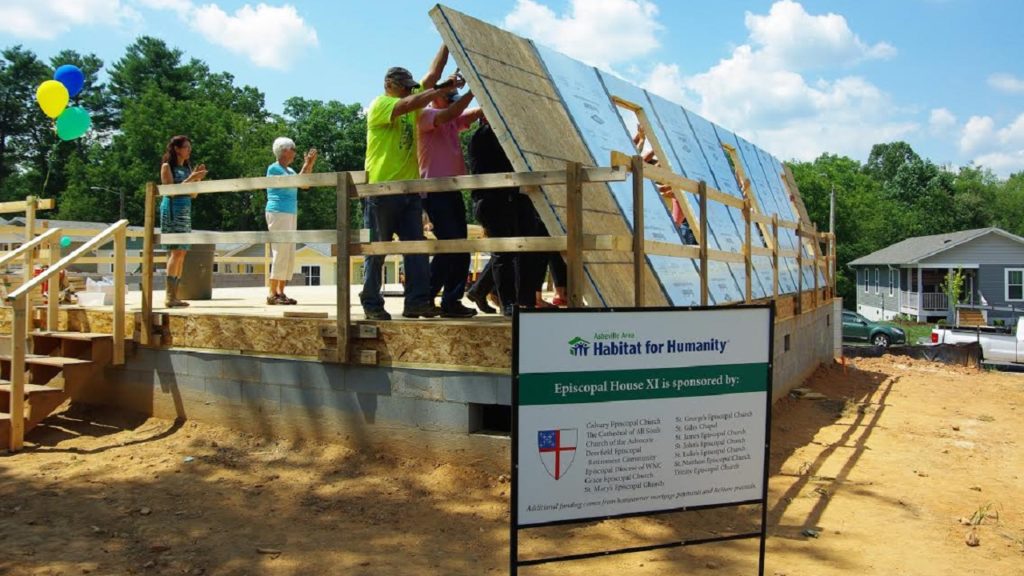 Special to the Philanthropy Journal
Special to the Philanthropy Journal
By Cyndee Patterson
This is the first of four columns on how to develop a great nonprofit board.
The quality of your nonprofit board determines how successful your nonprofit can be. No nonprofit staff, no matter how talented, can overcome an under-performing board.
Happily, the opposite is also true. A committed board, with members who bring time, talent, treasure, connections and passion for the cause, can lead your nonprofit to heights you never imagined.
The question for many nonprofit leaders is how to attract and develop those committed board members. At The Lee Institute, which offers services to strengthen individuals and organizations committed to building great communities, we’ve found one key is for board members to receive training when they join the board to understand their roles.
 Many boards don’t do much orientation. But training new members as soon as they start their board service will lessen the amount of time they feel tentative, not truly part of the group, or lacking sufficient knowledge to contribute.
Many boards don’t do much orientation. But training new members as soon as they start their board service will lessen the amount of time they feel tentative, not truly part of the group, or lacking sufficient knowledge to contribute.
We recommend structuring your orientation around the four core responsibilities of every new board member, in partnership with your current board members. They are:
- Strategic planning: Mission, vision, strategy
- Executive director partnership: Hiring, assessing, supporting, changing
- Financial oversight: Budget, audits, forecasts, risk management
- Resource development: Fundraising, advocacy, ambassadorship, marketing, social media
Your board members can become confident, capable leaders for realizing your mission when they are armed with knowledge about these disciplines and expectations. Begin by educating them about your strategic planning.
Finding Your Unique Awesome
Strategic planning makes it possible for your group to get where you want to go. It allows you to set your vision and overall direction, and create goals which align with your vision and mission.
Develop a full plan every three to five years. The effort might be led by a planning task force, the board chair, the governance committee chair, or others. Ultimately it’s the board’s responsibility, with senior staff support, to identify the big questions facing your organization over the next three years and to develop high-level outcome statements and intermediate goals under each. Your staff is charged with developing the strategies, tactics and action steps to deliver on these goals.
Let’s break down the process in more detail. We believe an effective strategic plan has three core steps:
Conduct Stakeholder Research. Stakeholder research is the current state of your nonprofit and field, gleaned through focus groups, surveys, interviews, industry research, trends and context, and data. Include as many voices and stakeholders as possible, including your end users and funders.
Your clients and other external stakeholders will naturally bring a variety of different viewpoints to your board and staff. It’s critically important to hear and acknowledge those perspectives. The process will reveal whether your brand and programs are perceived and received externally in the way the board and staff think they are. Pay attention to where there is alignment and where there isn’t.
Establish Your Identity. You can’t do everything, which means you must decide where your organization will invest time, talent, and money. We encourage people to ask big questions:
- Who are you as an organization?
- Why do you matter?
- What’s your competitive advantage and your Unique Awesome?
- What do you exist to do?
- Where do you want to go?
- Where will you focus your energy for the next few years?
- How will you get there?
- Who’s along for the ride?
- Who’s been left out?
Create a Framework for Action. Write your plan, revise it, and ask senior staff and the board to review the latest draft. Discuss together which actions board-specific, which are staff-specific, and which are both. Make sure everyone is in agreement about the strategies and responsibilities to achieve the outcomes you desire.
Once the board has given final approval to the plan, live like you have one. Develop your budget around it and explain your investments in staff and elsewhere using it. Design staff performance reviews around it. Use it in branding, marketing and fundraising materials. Build meeting agendas to reflect it. Review your progress against the plan.
“Living like you have one” goes for board members as well. Encourage them to reference your strategic plan at every board and committee meeting. Remind board members what’s in it by printing key points on the back of board meeting name tents. Factor the plan into new board member recruiting. Consider updating the plan at an annual mini-retreat with board and staff.
Keep in mind that deciding what you won’t do is as important as deciding what you will do. Your plan might incorporate what you will leave to others or ways you will work with partners who are already accomplished leaders on certain issues.
A great strategic plan will take your organization down the road you desire. It will help you build the community you imagine. And you won’t wake up three years from now thinking, “How the heck did we get here?”
Cyndee Patterson is president of The Lee Institute, a nonprofit that offers strategic planning and other services to strengthen organizations, empower leaders and engage citizens so they can build great communities. Reach her at pmartin@tlwf.org or learn more at www.leeinstitute.org.





